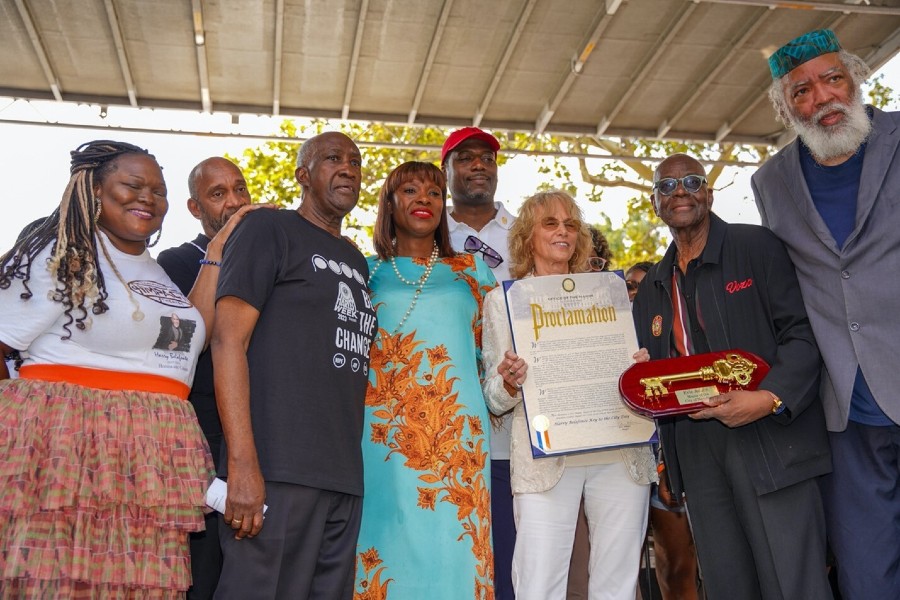
Today the findings of our study of the use of and attitudes towards chemical hair straighteners and skin lighteners were published in an article.
This comprehensive survey of 297 women and non-binary/femme-identifying people of color in Northern Manhattan and the South Bronx explored their use of chemical hair straighteners (relaxers) and skin lighteners (whiteners) in terms of perceptions of, attitudes towards, and product use.
It is part of our Beauty Inside Out campaign, which aims to raise awareness of and advance policies that address the use of toxic chemicals in cosmetics and other personal care products, which are linked to multiple health problems.
One of the distinguishing aspects of this community-based participatory research is that, unlike previous studies, it took into consideration social-structural factors, which influence beauty perceptions and personal decisions around product use.
Key findings include:
· Skin lighteners and chemical straighteners are heavily prevalent in Northern Manhattan and the South Bronx.
· Product use varied by race/ethnicity, nativity, and messaging from family and peers.
– Black respondents were more likely to use chemical straighteners than non-Black respondents, as were respondents who heard that family members express a preference for straight hair compared with respondents whose family members expressed mixed preferences about hairstyles.
– Compared with non-Asian respondents and respondents born in the United States, Asian respondents and respondents born in other countries, respectively, had threefold higher odds of ever using skin lighteners.
– Respondents’ perceptions that others believe straight hair or lighter skin confer benefits such as beauty, professionalism, or youth were associated with greater use of chemical straighteners and skin lighteners.
· These findings highlight the pervasiveness of racialized beauty norms and point to the need to reduce the demand for and sale of these products through community education, market-based strategies, and public policy.
The failure of manufacturers to disclose the harmful chemicals in their beauty products, along with the targeted marketing of these products to women of color, raises environmental justice concerns.
Stricter regulations on what chemicals can be used in these products are needed, along with better labeling and disclosure of ingredients.
In addition to stricter regulations to hold manufacturers accountable for the toxics in their products, we need to educate present and future generations on these issues – including an understanding of the impact of socio-cultural influences and the prioritization of Euro-centric beauty standards – in a manner that upholds diverse cultural perspectives are critical steps for promoting beauty justice.
Photo credit: Rachel Dolezal.
Become a Harlem Insider!
By submitting this form, you are consenting to receive marketing emails from: Harlem World Magazine, 2521 1/2 west 42nd street, Los Angeles, CA, 90008, https://www.harlemworldmagazine.com. You can revoke your consent to receive emails at any time by using the SafeUnsubscribe® link, found at the bottom of every email. Emails are serviced by Constant Contact








